Check-in guide for flower seasons across three regions
- Wednesday, Jun 04, 2025, 11:48 (GMT+7)
Check-in guide for flower seasons across three regions
Vietnam has never run short of flowers. But to truly capture their beauty, it is not enough to simply arrive. It takes the right season, the right place, and the right moment. From plum blossoms in the northern highlands to blooming lotuses in the Mekong Delta, from golden wild sunflowers in the Central Highlands to vibrant trumpet trees in southern cities, every season offers a fleeting moment that travelers crave to catch. Knowing the floral calendar can be just as essential as tracking holidays when planning a journey.
The flower season begins in the north as winter gradually softens. From late January to mid February, plum blossoms cover Moc Chau in white. The most photogenic time usually falls between the last week of January and the tenth day of the lunar New Year. Ideal spots include Na Ka valley, Ta So village, and the pine forest area near Ban Ang. To avoid crowds in photos, arrive early in the morning and steer clear of weekends. Fog and drizzle may cause the blossoms to fall quickly, making it difficult to capture the scene in its prime.
Soon after, from mid February to early March, wild peach blossoms start blooming across Y Ty, Bac Ha, and Mu Cang Chai. These flowers are more delicate and subtler in color than the cultivated peach trees in Hanoi. They reach peak bloom one to two weeks after Lunar New Year. Dry, sunny days with clear skies are ideal. Temperatures can swing widely between morning and night, so proper preparation is crucial, including warm clothing, sunscreen, and backup batteries as cold weather drains devices quickly.
From mid March to the end of April, Central Vietnam bursts into vibrant color. Sunflowers in Nghe An’s Nghia Dan bloom twice a year, with the most spectacular phase occurring from late March to mid April. Each bloom lasts around two weeks. Travelers often check images shared by local communities to time their visit precisely. The best light for photography is between 6 and 9 in the morning or from 3 to 5 in the afternoon.
In Phu Yen, April to early May brings wild yellow blossoms across An Thach’s pineapple hills. The fields appear golden under the sun and remain a little-known check-in spot for those seeking unique photo locations.
From March to April, trumpet trees bloom across Ho Chi Minh City. Though unpredictable, the peak bloom often arrives during the final week of March to around April 10. The flowers only last 10 to 15 days and fall quickly in wind or early summer rain. Tran Van Tra Street in District 7 is among the most photogenic locations, especially in the early morning light.
In Da Lat, flower lovers enjoy year-round beauty, but three key seasons stand out. From March to April, jacaranda trees bloom purple along slopes near Xuan Huong Lake and the University of Da Lat. Peak bloom typically falls in the first week of April. From May to August, hydrangeas fill gardens in Trai Mat, Cau Dat, and Lac Duong. Visiting on weekdays avoids crowds and ensures a more relaxed atmosphere.
The Mekong Delta enters lotus season from June to early September. Blooming peaks in July when water levels and sunlight reach a perfect balance. The best time for photos is from 5:30 to 7:00 in the morning, when blossoms are open and the light is soft. Water lilies follow from late September to November, especially in Tram Chim and Tan Lap. Water lilies bloom at night and are best captured around 6:00 AM when the water is calm and the petals fully open.
From mid October to late November, the highlands in Moc Chau and Da Lat are painted gold by blooming wild sunflowers. In Moc Chau, fields near Ban Ang pine forest and Tan Lap tea hills become photo hotspots. In Da Lat, the best routes include Van Thanh village, the old Cam Ly airport, and Ta Nung pass. Flowers begin to bloom in the last week of October and reach peak color between November 5 and 20. Clear, dry weather produces the best shots. Using a motorbike helps access smaller roads and spontaneous scenic stops.
From November to early December, white mustard flowers begin to blanket Moc Chau. The fields around Ba Phach and Thung Cuong are among the most visited. Flowers are most beautiful from mid November to around December 10, with a two-week peak window. Avoid misty or rainy days, which dull colors and reduce photo quality.
Finally, from December to early January, Da Lat hosts the blooming of pink cherry-like mai anh dao trees. Unlike northern peach blossoms, these flowers bloom on bare branches in vivid shades of pink. Trần Hưng Đạo Street, Tuyen Lam Lake, and Da Quy slope offer the best views. Their blooming is highly sensitive to weather changes, with dry and mild winters offering the most consistent floral displays.
One effective approach is to join local photography or travel communities to track real-time updates, rather than relying on older, edited photos. Asking locals often provides the most reliable information about flower conditions.
Packing wisely is key for flower trips. Northern mountains call for layered clothing, soft-soled shoes, sunblock, and allergy medication. In the south during lotus season, quick-dry outfits, waterproof sandals, and wide-brim hats are ideal. Da Lat’s fluctuating temperatures mean multiple outfit layers are often necessary for comfort.
Each floral season is more than just a pretty scene. It is a living reminder of how time passes, how beauty peaks and fades, and how meaningful it becomes when one arrives at just the right moment. A flower check-in is not simply about photography. It is about paying attention, moving with nature’s rhythm, and being present with open eyes and calm breath. With the right timing, the right lens, and a little patience, each journey becomes a story told in color, light, and fleeting petals.

 CHECKIN.VN
CHECKIN.VN

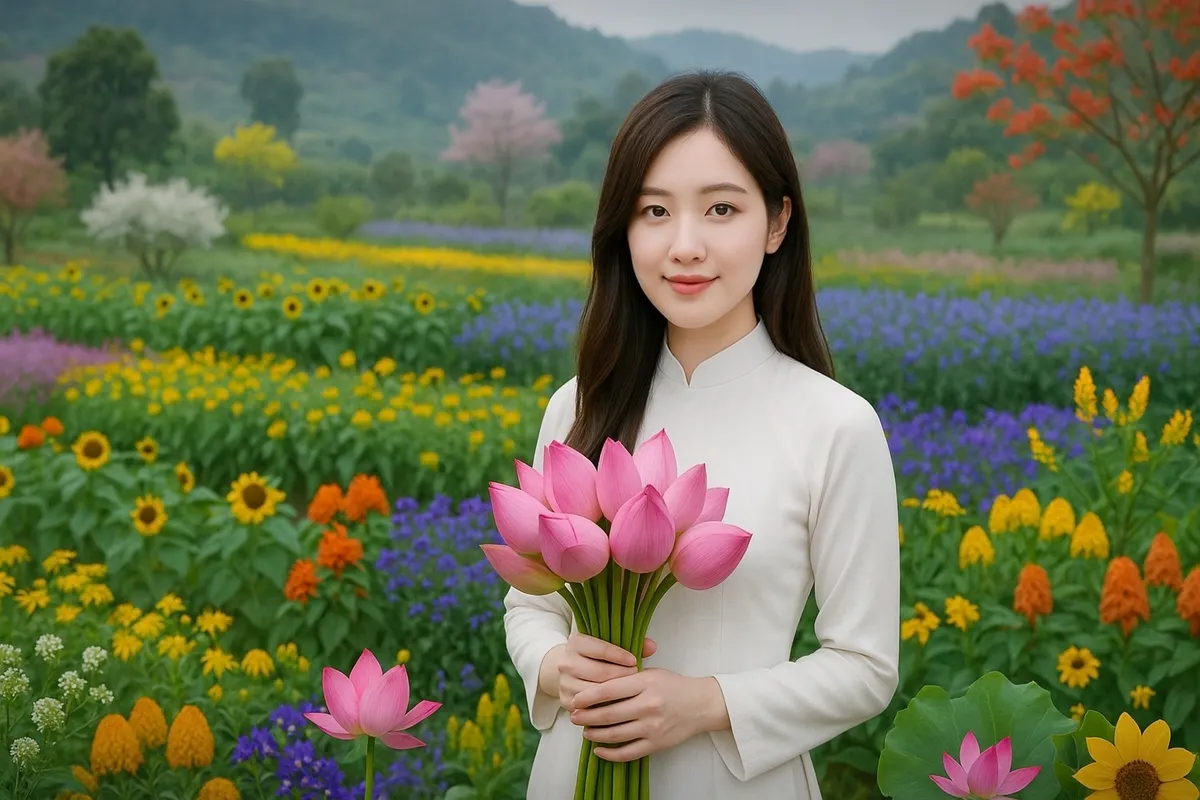
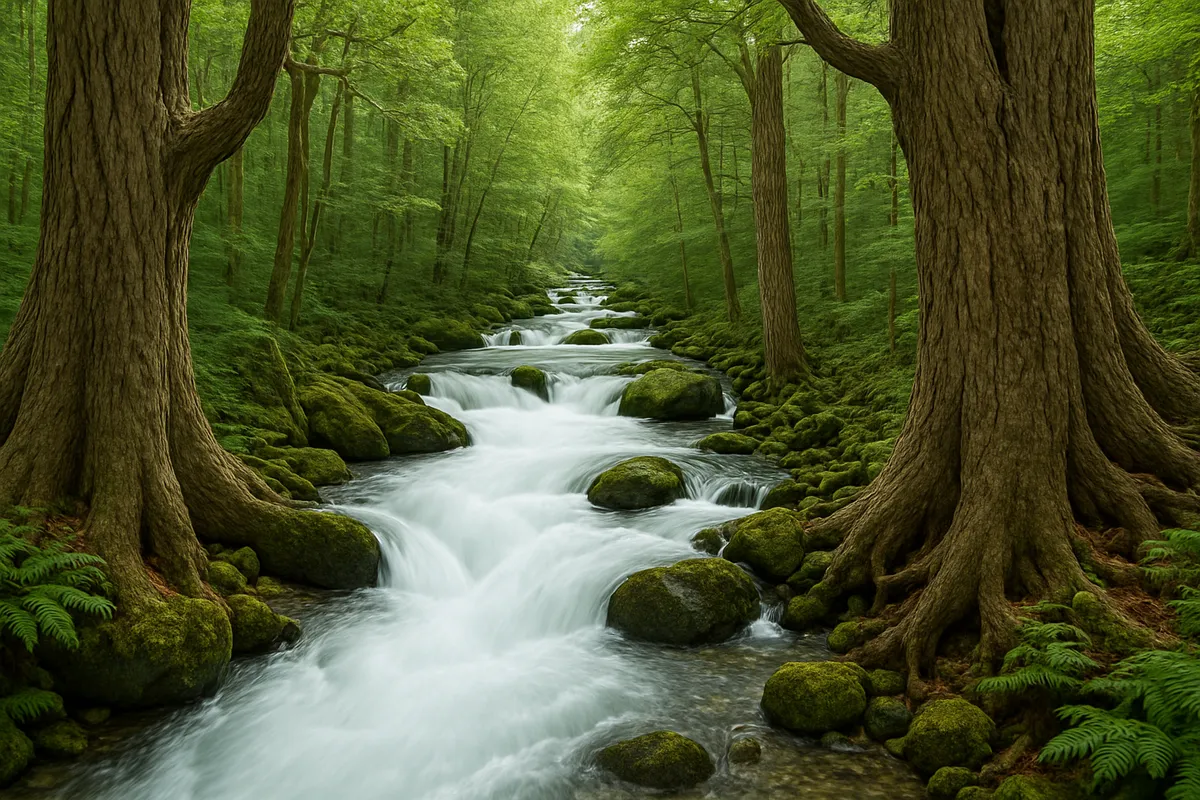
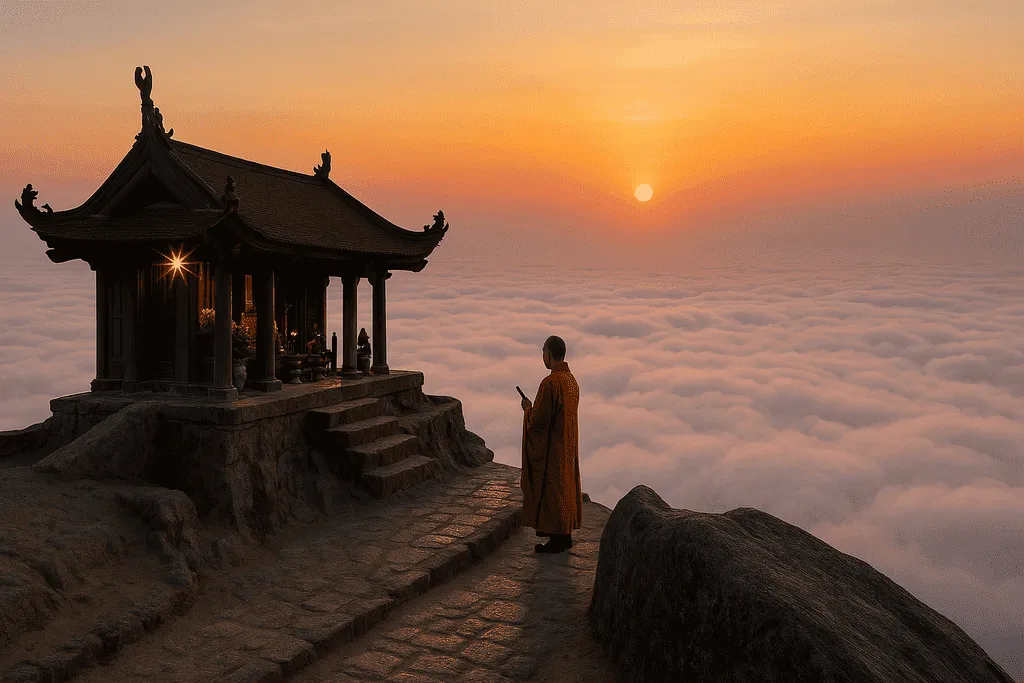
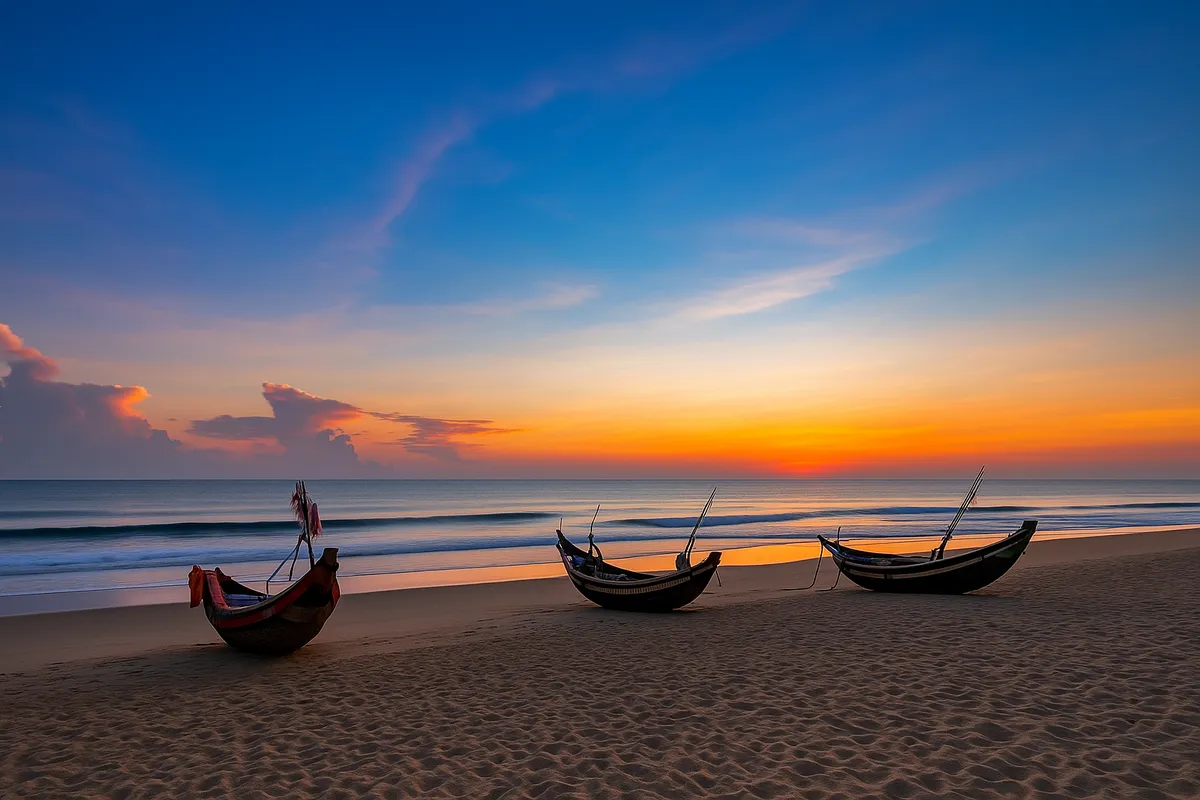
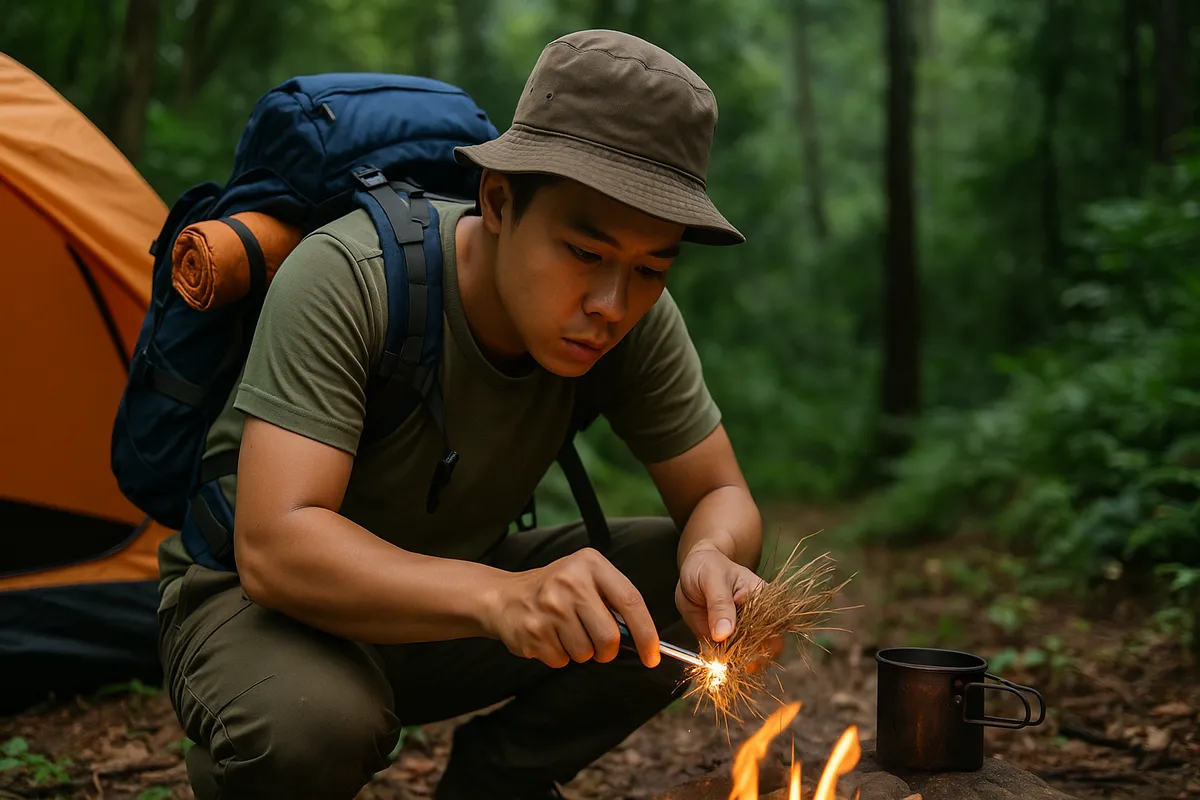


Share on